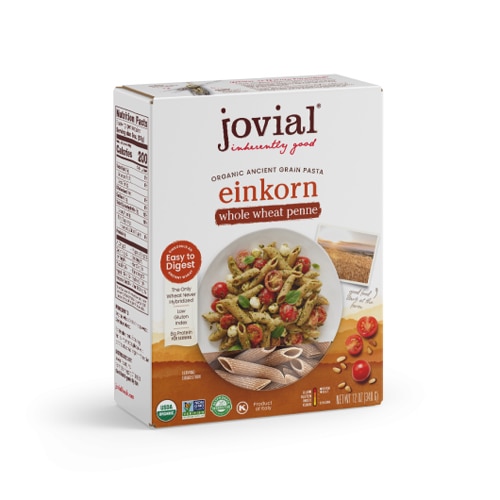Who doesn’t like getting more for their money? It’s great, for most things—but not necessarily food. Along with increased serving sizes come increases in waist sizes. Giant portions mean giant calorie counts, excess fat and long-term side effects beyond not being able to button your pants. So how can you re-train your brain to cut back? Try these portion control tips to reduce the amount of food you eat while still feeling satisfied.
1. Smart swaps
When cooking meals, look over recipes to see where you can make small changes to make a dish healthier. If a recipe calls for sour cream, use plain Greek yogurt instead. Reduce the amount of oil used when sautéing vegetables (two teaspoons in a non-stick pan, rather than two tablespoons). Opt for whole-grain, high-protein pasta over traditional noodles to feel full after eating less. And try spices and herbs in place of unhealthy condiments or seasonings for great flavor without extra calories or fat.
2. Satisfying add-ins
It’s easy to bulk up a dish’s nutrition while cutting back on unhealthy ingredients. Simply add extra veggies and reduce the amount of higher-calorie, higher-fat components. Spinach is one of my favorites. Use it in place of cheese in an omelet, or reduce the amount of cheese in lasagna by adding more spinach. Another possibility is to double up on herbs and use a smaller amount of a richer, flavor-giving ingredient.
3. Appealing arrangements
You’ve heard the saying: “We eat with our eyes, not our stomachs.” Turn this phenomenon into a healthy advantage by filling your plate with colorful foods of varying textures and tastes. Aim for a half-plate of vegetables and the remaining quarters split between lean protein and whole grains. Use a smaller plate for even better portion control.
4. Bowls out of reach
Platters, plates and bowls full of food on the table practically scream at you to have second helpings! Keep them on the kitchen counter and plate your portions there before sitting down to eat. This way you’ll be less tempted to take more of something just because it tastes good. Another trick my family uses is to eat salad after your meal to end it on a healthy, satisfying note.
5. Divide and conquer
Recipes are rarely written for single servings. If you’re cooking for one, but your meal serves two (or more), divide the dish and set aside the additional servings for another meal. This can make a huge difference in the amount of calories you consume. Add a small salad or vegetable to the meal if you think you’ll want more food to feel full and satisfied.
6. Preview menus
I always recommend that my clients review menus online before eating at a restaurant. We often don't realize how many calories are in these meals, which makes it easy to go overboard. Stay away from sauces and fried foods, instead opting for grilled and steamed choices. Even with the healthier options, you don't have to eat the whole meal. Ask for a to-go box, and keep some of the dish for lunch the next day.
7. Skip super sizes
Jumbo muffin tins, deep baking pans and extra-large dinner dishes—biggie-sized cookware and plates only encourage overeating. If your plate is large, and the serving sizes are correct, you may feel disappointed and deprived. Stick with old-school 10" plates and regular-sized muffin tins (or, even better, mini-sized!), and you’ll be more likely to feel happy with a healthy-sized portion.




